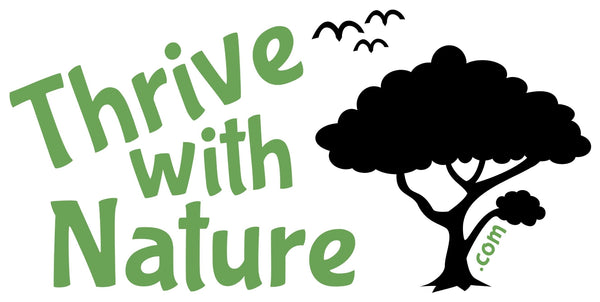As therapeutic activity leaders, our goal is to provide opportunities for people to feel more alive and to live more fully. Completing hands-on projects can be satisfying, but generally not the most important goal of a program. Giving your participants a project to complete can be like giving them a ‘to do’ list they didn't ask for.
I’ve been as guilty as the next person of running project-based programs. But over time I realized that simple interactions between people and plants is what I enjoy most and what seems to bring people most alive. It took courage to approach a group with one or two plants in hand, instead of dozens, but I connected better with the participants and found I could offer a more person-centred approach.
Do you give your participants opportunities to be with each other and with plants? To feel alive by connecting with other living beings? To delight in simple sensory pleasure and story-telling?
Sherry Dodson, the horticultural therapist who delighted me by being the first to buy my garden activity signs, asked me for feedback and advice. She’s well trained in horticultural therapy and brand new to creating and delivering programs. She jumped right in to leading five groups per week at WindReach Farm in Ashburn, Ontario (thanks to funding provided by an Ontario Trillium Foundation Seed Grant), and said in her email, “I'm constantly looking for sources for program ideas.” Rather than suggest another book, of which she has several, I had a different suggestion. Here’s an excerpt from my response to Sherry:
I found there are more benefits to be had with less materials and more social interactions that encourage curiosity, story-telling and sensory engagement. Also, creative expression with the nature elements at hand, like making nature art and taking photos of it to print and give to the participants. Added bonus is that it takes less planning, shopping and preparation. Not to mention clean-up.
- What can you do to engage with the plants and nature content that is already nearby?
- How can you include your participants in planning the garden, the greenhouse and whatever other changes that are coming? What are they interested in growing and doing, and how can you assist them to learn (semi?) independently over the fall and winter how to grow the plants they want to grow?
Sherry replied (and permitted me to share this with you):
We did one program with harvesting mint that was growing in the raised beds, and making little tea bags with cheesecloth and twine and having a tea party. I had the participants each hold a stem of mint, talked about feeling the leaves, the square stem, we looked at the roots and how it propagates. It was so simple and yet the participants enjoyed it so much, it was a great social time, and I felt one of the best sessions. By coincidence the Chair of the WindReach Foundation Board of Directors observed some of that class, and afterwards commented to some of the other staff how powerful he felt the program was. After reading your email it really brings home that the simple things are often the best. I have a tendency to overthink things.
Thank you for your advice, it is greatly appreciated.
Sherry's description of her mint activity is a terrific example of keeping it simple.
If you'd like to learn more simple activities and facilitation techniques, my Sweet Re-Leaf workshop describes how to approach and work with clients using sensory and story-based nature activities without having to take on the more challenging and time-consuming aspects of gardening with soil. Sweet relief for you as a practitioner, and profound mental wellness benefits for your clients.


